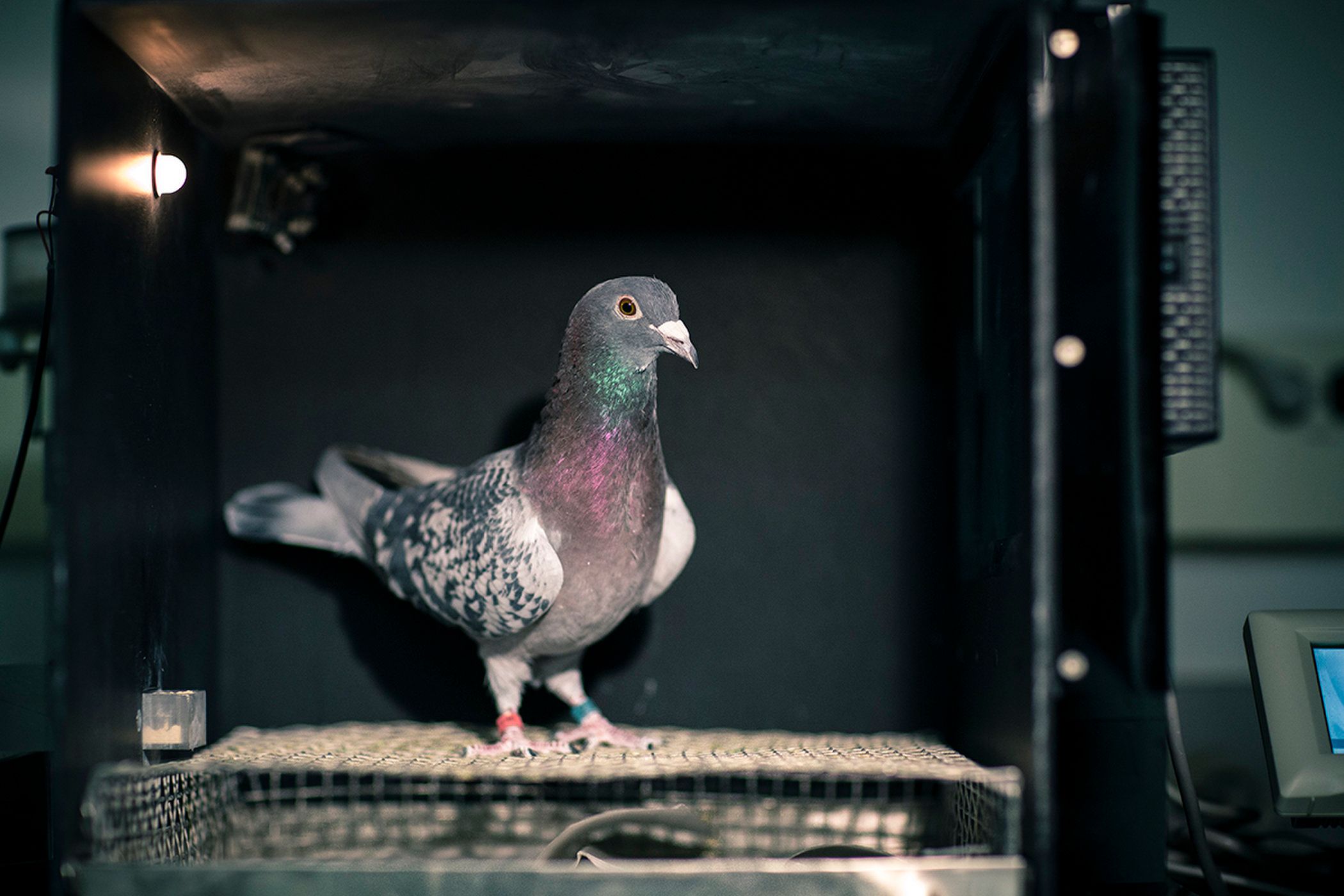
A new study has shown that pigeons can distinguish abstract concepts from time and space
The bathroom is such a common sight on the city sidewalks around the world that most people do not pay attention to. But these urban birds, according to a new study, are not just experts to adapt to urban life - they are also able to understand abstract concepts such as space and time.
Researchers recently discovered that pigeons can understand how much space an object occupies, how long it is visible, and tasks performed by people, using the brain region known as the cortex of the brain.
But doves, like other birds, lack the development of bark. Scientists have discovered that doves use different parts of the brain, visualize space and time, and they process this information in a similar way, found in humans and other monkeys. With tasks that are linked in mammals with cerebral cortex function, therefore, the bathroom proves that it is capable of identification procedures, which are usually inherent in the brain more complex than mammals.
Previous studies have shown that pigeons can identify human faces, solve statistical problems, and even distinguish real English words and random nonsense.
To conduct a new study, scientists conducted experiments on pigeons, used to test people and the ability of nonhuman primates to feel space and time. The pigeon was trained to choose optical characters on the screen in response to seeing lines with different lengths - 2 inches or 9 inches (6 or 24 cm) - and lines of similar length were visible at different times, 2 seconds or 8 seconds. Selecting the correct lines for "short" or "long" in length or length, received a reward in the form of feed.
.
The ability to recognize the lines of the bathroom, gave an additional look at how the bird brain processes abstract information, such as space scientists and vremya.Kogda Dick changes in the tests - the length of the line, length, which were not included birds where they were trained - saw that the bathroom was linked. In other words, he wrote changes in the length of the lines affected by the view duration, a phenomenon observed in the apes, the authors of the study.
The results suggest that this type of cognition does not require the involvement of the cortex, but this development has formed a similar brain region in the bird-cloak - to process the information in a manner similar to the bark, although it is structurally very different.
It is also likely to be more prevalent among animals than previously thought.
"These aerobic neural systems are able to achieve far greater success than the degrading word brain brain," said co-author Edward Wasserman, a professor of experimental psychology at the Department of Psychology and Brain at the University of Iowa.
The results were published on December 4 in Life Science magazine